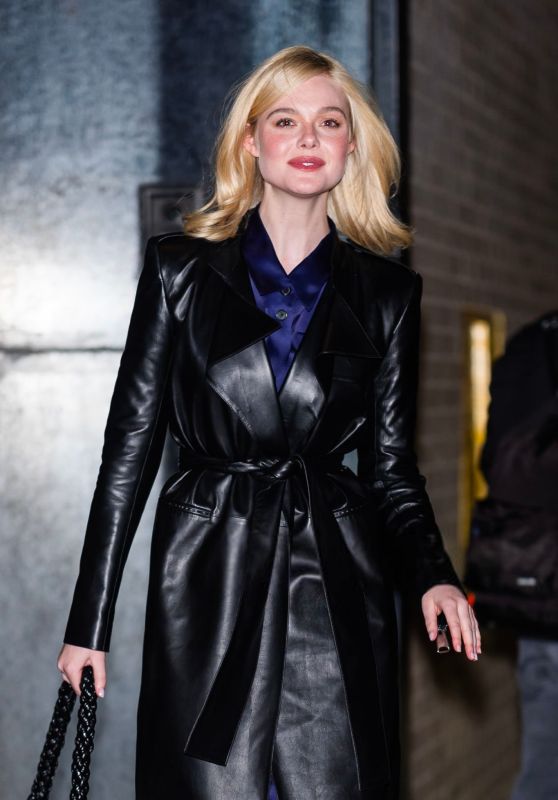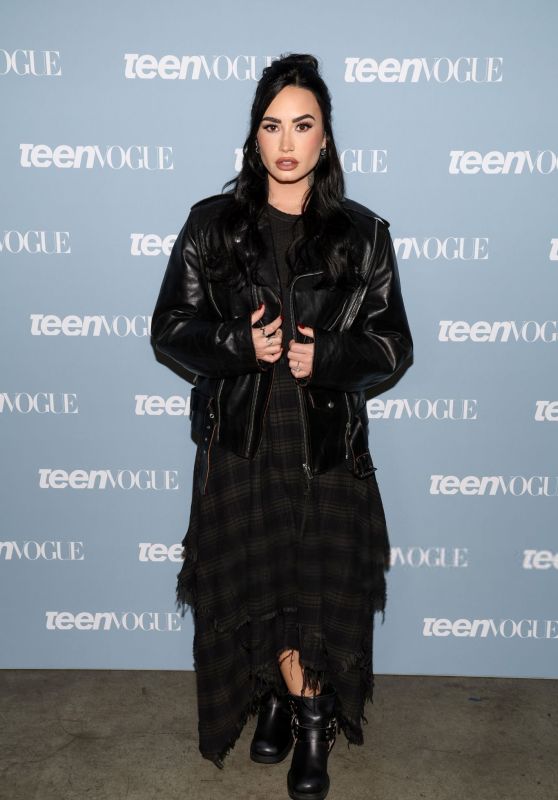Like a raindrop on a glassy lake, Diana Markosian’s new book, Father, ripples outward, in this case, with the consequences of intergenerational decisions. Released this month by Aperture, just ahead of Markosian’s solo exhibition of the work at the National Portrait Gallery in Washington DC, Father follows Maroksian’s journey of rebuilding a relationship with her father after 15 years of being estranged. The rekindling is defined by individual decisions both long past and more recent—including her mother’s move with Markosian and her brother from their native Moscow to Santa Barbara, California, leaving their father behind, and Markosian and her brother tracking him down in Armenia 15 years later. Through Markosian’s lens, readers are offered a glimpse, specifically from a daughter’s view, of what this kind of relationship might look like and what it means to rewrite the narrative of a life. Father, photographed over 10 years, includes pictures shot by Markosian—poetic scenes of her with her father at his kitchen table, portraits of him in which he seems to be falling in and out of focus, and still lifes of his home—as well as archival images from her childhood, and letters her father wrote to various US government officials in the hopes of finding his children, all of which are threaded together by Markosian’s own diaristic writing.
Here, Markosian talks about the decision to turn this intimate aspect of her life into art.
This interview has been edited and condensed for length and clarity.
Vanity Fair: At what point in your life did you think, I’m going to find my father, meet him, get to know him? Did you plan to make work during that process, or was that something that kind of came after?
Diana Markosian: I didn’t even know I was saying goodbye to my father when I saw him for the last time. So this idea of finding him wasn’t there. As a kid, I would ask, “Where’s papa?” My mom would just say, “Forget him. He’s gone.” It was just, like, a real cutout. I can completely understand why my mother would want to do that. What I really wanted to focus on is the daughter’s story, zooming in on just the truth. It’s not blaming either parent, it’s just the experience that you’re left with as a kid in the middle of these two individuals.
As an adult, I became really scared to find him. I didn’t know who I was going to find, because I didn’t have any sense of who he was anymore. Over the years, the memory of him faded so much that I couldn’t remember what he looked like. I forgot, I truly forgot. So when my brother and I knocked on his door, I didn’t even recognize him. It’s not that I felt like I saw a father, I didn’t know who this man was. He just felt like an old man.
He didn’t recognize my brother or I either. Once we explained to him who we were, he said, “What took you so long?” After that first day, it took maybe six months for me to decide to return with a camera, and to start getting to know him, and try to understand who this man is to me.
By Diana Markosian.
So the choice to photograph was a bit of offering yourself another way of understanding.
I’m so grateful to photography because I think without this art, without this medium, I would never have stayed. This not only gave me strength, it gave me courage and it gave me a record of our time together. We didn't have each other for two decades, and this allowed me to create memories that felt positive, and also opened a braver version of myself, someone who was able to confront things that were difficult. So I say this knowing that it’s so cliché, but without photography, I would not have been so open.
By Diana Markosian.
The idea of creating a record feels very, very present in this book, both of you creating this new record, as well as looking at photos and documents from the past as a form of record of this story.








![Model Sydney J. Harper Brings Passion to Voiceless Charity Event in Nashville [11-18-2024]](https://celebmafia.com/wp-content/uploads/2024/11/model-sydney-j.-harper-brings-passion-to-voiceless-charity-event-in-nashville-11-18-2024-5_thumbnail.jpg)
![Sonya Starzhynska at “Voiceless” Charity Event [11-18-2024]](https://celebmafia.com/wp-content/uploads/2024/11/sonya-starzhynska-at-voiceless-charity-event-11-18-2024-3_thumbnail.jpg)

![Gemma Chan at TASAKI’s 70th Anniversary “Floating Shell” Exhibition [11-21-2024]](https://celebmafia.com/wp-content/uploads/2024/11/gemma-chan-at-tasaki-s-70th-anniversary-floating-shell-exhibition-11-21-2024-4_thumbnail.jpg)







 English (US) ·
English (US) ·